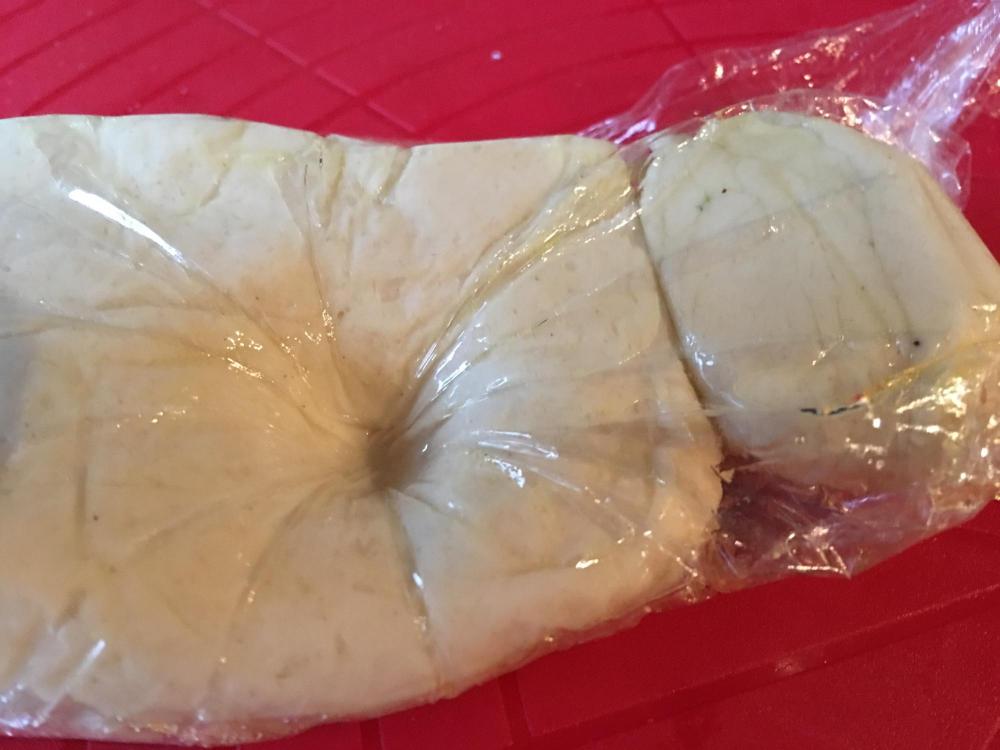Ok, what follows is the culmination of my endeavours thus far. There are still problems, so any thoughts or clarifications you can offer would be most welcome.
Egg Batter Dough (Well… emulsified oil with lecithin dough, commercial Chiko Roll pastry dough)
AP Flour 100%, Wheat Cereal (Semolina) 16%, Lecithin 2%, Salt 1.5% – Water 52%, Sunflower Oil 16%
Method
Wheat Cereal and Water was combined in a 1:2 ratio and set aside for 30 min. to soak and soften. Salt and Lecithin were added to the remaining water and mixed with a stick blender. To this the Oil was drizzled in and blended into an emulsion. To the emulsion was then combined with the flour to form a moderately firm dough (approx. 58% moisture content), after which the dough was set aside in the refrigerator for an hour to rest. The dough was then flattened out into a sheet, filled rolled up and deep fried for 20-30 seconds at around smoking point for the oil (approx. 440F/226°C). The roll was then visually evaluated for texture, strength and colour.
Results
Colour – pale biscuit
Texture – crazed, rough, small blisters
Strength – relatively stable, can be held in the hand, but lacked some crushing/holding resistance
Discussion
This dough, is still too soft, it doesn't stick to the bench or hands, but does leave an oily patch where ever it lays long enough. It has less moisture content than an egg pasta dough (3:2) but none of the structural strength properties. Unlike very short crust pie doughs (3:2:1), this emulsified oil (mayonaise) based dough is very, very soft and exhibits none of the structural characteristics. due to these issues, it is easy to roll out but hard to handle and work with as it does not retain a tube like shape after forming into a tube but collapses under its own weight.
So far for the objective stuff, now for the conjectural side.
I could certainly knead more flour into the dough; I have half of it left, weighing before and after thus knowing what I started with and finished adding to it ( I wonder, that might work… note to self, do this.)
I don't understand why this dough is so soft. Is it the lecithin? Is it the oil? Is it the water? Is it the flour? All of, or none of, the above? Is it my method? Is it the ingredient ratios? I just don't know. If I add more flour and reduce the water content, will I still get the same textural response on frying the dough? These are the questions I'm wrestling with.
Insights? Anyone?
[Addendum: it appears that the oil is not emulsified into the dough as it weeps out after a period of time...]







